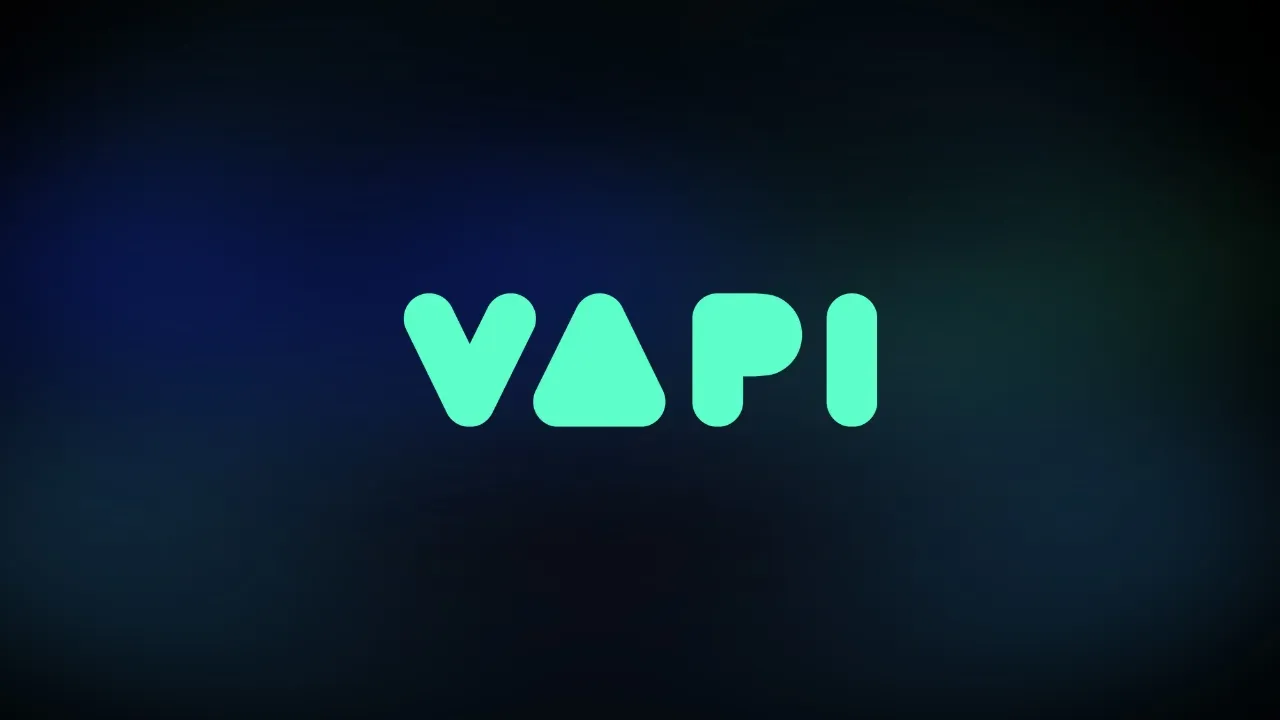Selecting the right real-time communication platform is crucial for businesses aiming to enhance customer interactions and operational efficiency. Two essential players in this domain are Vapi AI and LiveKit, each offering unique features tailored to different communication needs. This comprehensive analysis delves into the strengths and limitations of both platforms, providing a detailed comparison to assist businesses in making informed decisions.
What is Vapi AI?

Vapi AI is a developer-centric platform designed to empower businesses with customizable tools for building advanced voice AI agents. It caters to enterprises seeking deep customization and flexibility in their voice applications.
| PROS | CONS |
Enhanced User Experience | Complex Pricing Structure |
Advanced Language Processing | Limited Free Concurrency |
Strong Developer Support | Restricted Telephony Integration |
Robust Customization Options | Lower Uptime Guarantee |
What is LiveKit?
LiveKit is a realtime platform that enables developers to build video, voice, and data capabilities into their applications. Built on WebRTC, it supports a broad range of frontend and backend platforms.

| PROS | CONS |
Scalability and Performance | Technical Expertise Required |
Open-Source Flexibility | Self-Hosting Complexity |
Low Latency | Limited Built-in Features |
Rich Documentation | Complex Setup |
Feature Comparison of Vapi AI and LiveKit
| Feature | Vapi AI | LiveKit |
Latency Optimization | Turbo latency optimizations for real-time responses | Optimized for low latency to ensure real-time communication |
Scalability | Scales to over 1 million concurrent calls | Designed to handle massive scale with high resiliency |
Customization | Allows integration of preferred models, voices, backends, and platforms | Open-source nature permits extensive customization |
Interruptions Management | Handles conversational interruptions seamlessly | Handles conversational interruptions |
Codec Support | Not specified | Supports H.264, VP8, VP9 (with SVC), and AV1 (with SVC) |
Open-Source | No | Yes |
Summary of Features: Why Choose One Over the Other
Vapi AI is ideal for businesses seeking a customizable voice AI platform with advanced latency optimizations and scalability. Its flexibility allows for tailored solutions, making it suitable for organizations with specific voice interaction requirements. However, the need for technical expertise and potential additional costs should be considered.
Partner with Us for Success
Experience seamless collaboration and exceptional results.
LiveKit, on the other hand, is well-suited for applications requiring real-time audio and video communication at scale. Its open-source nature and comprehensive codec support offer flexibility and control, benefiting developers aiming to build scalable communication solutions. The requirement for technical expertise and infrastructure management are important considerations.
Plans and Pricing of Vapi AI vs LiveKit
| Plan | Vapi AI | LiveKit |
Base Rate | $0.05 per minute for calls | Free tier available with 100 concurrent participants, 5,000 connection minutes, and 50GB bandwidth |
Additional Costs | Text-to-speech, transcription, and language processing models charged separately | Paid plans with increased resources and support starting at $50 per month |
Phone Numbers | $2 per month per number | Not specified |
Enterprise Options | Custom pricing with higher concurrency, 24/7 support, and volume pricing | Enterprise plan with custom pricing and additional features |
Pricing and Plan Conclusion
Vapi AI offers a straightforward base rate, but businesses should be mindful of additional costs associated with essential features, which can accumulate based on usage. LiveKit provides a free tier suitable for initial development and testing, with scalable paid plans that offer increased resources and support as application demands grow. The choice between the two should consider the specific feature requirements, scalability needs, and budget constraints of the business.
Summary and Recommendation
When choosing between Vapi AI and LiveKit, it's essential to align the platform's capabilities with your organization's specific needs.
- Vapi AI is tailored for developers aiming to create advanced voice AI applications. Its strengths lie in rapid deployment, extensive customization, and scalability. However, the platform may present a learning curve for those without technical expertise, and additional costs for essential features like text-to-speech and transcription services can accumulate. Therefore, Vapi AI is best suited for organizations with dedicated development resources and specific voice interaction requirements.
- LiveKit is an open-source platform designed for real-time audio and video communication. It offers scalability, low latency, and comprehensive codec support, making it ideal for applications that require robust real-time communication capabilities. The open-source nature allows for extensive customization, but it also necessitates technical expertise and infrastructure management. LiveKit is appropriate for organizations prepared to handle these aspects and seeking a flexible communication solution.
Partner with Us for Success
Experience seamless collaboration and exceptional results.
Customer Reviews of Vapi AI and LiveKit
Customer feedback provides valuable insights into the practical experiences of using these platforms:
- Vapi AI: Users have praised Vapi AI for its advanced voice recognition capabilities and real-time processing, significantly enhancing user interactions. However, some have found the initial setup process to be complex and time-consuming. Overall, Vapi AI has received a rating of 4.2 out of 5 on G2, with comments highlighting its impressive voice recognition accuracy.
"The voice recognition accuracy is impressive, making our applications more interactive and user-friendly." - John D.
- LiveKit: As an open-source platform, LiveKit is praised for its flexibility and performance in handling real-time communication. Users value the ability to customize and scale their applications. However, the requirement for technical expertise in implementation and infrastructure management is noted as a potential drawback for some organizations.
In conclusion, both Vapi AI and LiveKit offer robust solutions for real-time communication needs. Your choice should be guided by your organization's technical capabilities, specific requirements, and budget considerations. For advanced voice AI applications with a focus on customization, Vapi AI is a strong candidate. Conversely, for scalable real-time audio and video communication with open-source flexibility, LiveKit presents a compelling option.
